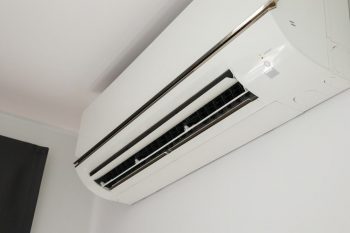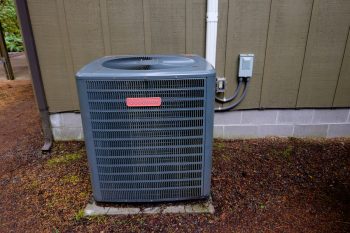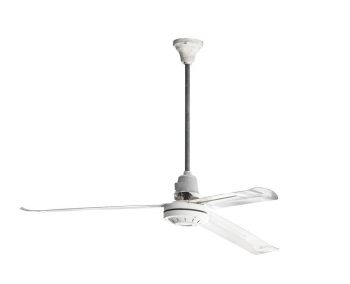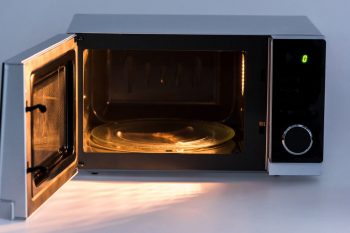
Baking salmon is a culinary endeavor that combines simplicity with the promise of a flavorful, nutritious meal. However, one of the most common questions that arise is: What temperature should I bake salmon in the oven? The answer to this question can vary depending on the size, thickness, type of salmon, and your personal preference. In this article, we’ll delve into the specifics of oven temperatures for baking salmon, providing you with all the information you need for perfectly baked salmon.
The ideal oven temperature for baking individual salmon fillets, which are typically about 6 ounces, is between 400°F (205°C) to 425°F (218°C). For larger sides of salmon, around 2 pounds, a lower temperature of 375°F (190°C) is suggested. The internal temperature should reach 125°F (51°C) for a firm, silky texture. However, the FDA recommends cooking salmon to an internal temperature of 145°F.
Ideal Oven Temperature for Baking Salmon
The oven temperature can significantly affect the texture and taste of your salmon. The general consensus among culinary experts is that for individual salmon fillets, which are typically about 6 ounces, an oven temperature of 400°F (205°C) to 425°F (218°C) is recommended. For larger sides of salmon, around 2 pounds, a lower temperature of 375°F (190°C) is suggested.
If you prefer a milder method, you can bake salmon at 350°F (175°C) for 20-25 minutes. For tender, creamy fillets that cook quickly, you may opt to bake salmon at 425°F (215°C).
Internal Temperature for Perfect Salmon
Regardless of the cooking method, the internal temperature should reach 125°F (51°C) for a firm, silky texture. Wild salmon, which is leaner and more likely to dry out, should be cooked to 120°F (48°C).
The FDA, however, recommends cooking salmon to an internal temperature of 145°F. But many chefs and experts suggest that cooking salmon to an internal temperature of 120°F to 125°F results in a more moist and tender texture.
Adjusting Oven Temperature Based on Salmon Size and Thickness
The thickness and size of the salmon do influence the recommended oven temperature. Generally, when cooking individual pieces of salmon (about 6-ounce fillets), an oven temperature of 400°F or 425°F is recommended. However, for a large side of salmon (like a 2-pound piece), a temperature of 375°F is more appropriate.
Baking Frozen Salmon
When cooking frozen salmon, it is recommended to bake it at a higher temperature, such as 425°F, to ensure it cooks through quickly.
Baking Salmon with a Sauce or Marinade
When baking salmon with a sauce or marinade, the recommended internal temperature for cooked salmon remains the same, which is 145°F according to the FDA.
Signs of Perfectly Baked Salmon
Perfectly baked salmon will easily flake apart when tested with a fork. If you want to use an instant-read thermometer, aim for an internal temperature of 125 to 130°F for moist, perfectly cooked salmon.
Seasoning Options for Baked Salmon
There are various seasoning options for baked salmon that can enhance its flavor. Some popular options include garlic butter with smoked paprika, onion powder, cayenne pepper, and parsley or basil, a mix of fresh rosemary, lemon, and extra virgin olive oil, and a blend of garlic, Italian herb seasoning, and lemon.
Baking salmon is a simple and healthy meal option, and knowing the right oven temperature is key to achieving a perfectly cooked piece of fish. By following these guidelines, you’ll be on your way to enjoying moist, flavorful salmon in no time.
Frequently Asked Questions
Can I bake salmon without using oil or butter?
Yes, you can bake salmon without using oil or butter. However, using a small amount of oil or butter can help prevent the salmon from drying out and can enhance the flavor. If you’re looking for a healthier option, you could use olive oil or a cooking spray.
How long should I marinate salmon before baking it?
Generally, salmon should be marinated for at least 30 minutes to 2 hours. However, if the marinade contains acidic ingredients like citrus juice or vinegar, don’t marinate for longer than 30 minutes as it can start to break down the fish and make it mushy.
What should I do if my salmon is undercooked?
If your salmon is undercooked, simply return it to the oven and continue baking until it reaches the desired internal temperature. Remember to check the temperature at the thickest part of the fillet.
Can I use tin foil when baking salmon?
Yes, you can use tin foil when baking salmon. Wrapping salmon in foil can help retain moisture and prevent the edges from burning. It also makes clean-up easier.
Is it necessary to flip salmon while baking?
No, it is not necessary to flip salmon while baking. In fact, flipping can disturb the salmon’s delicate flesh. It’s best to let it cook undisturbed.












